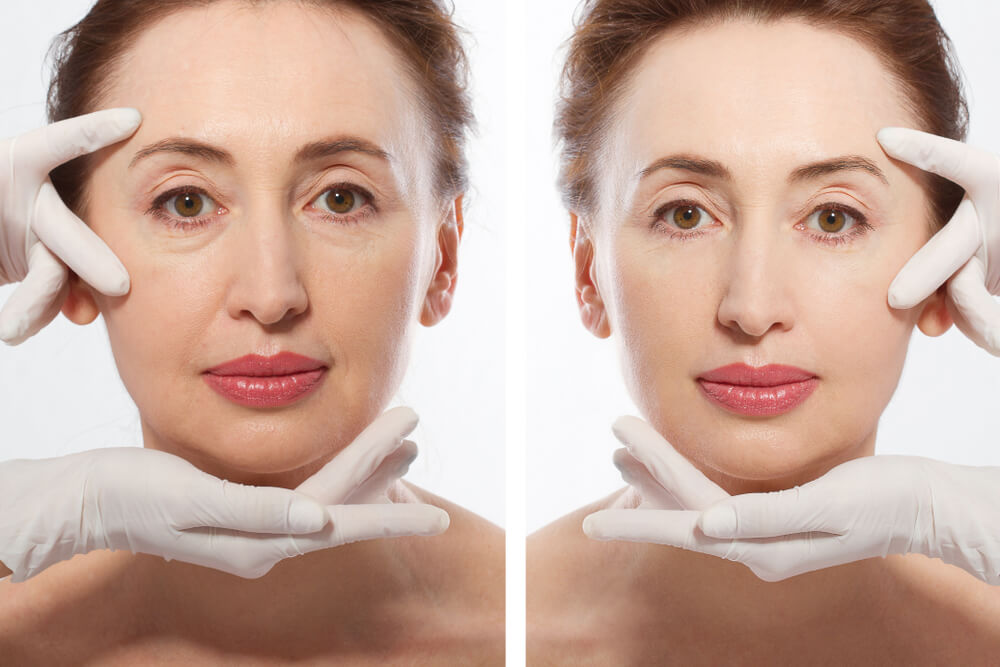Dermal fillers have become increasingly popular in recent years as a non-surgical option for those seeking to enhance their facial features or reverse the signs of aging. As a relatively quick and minimally invasive procedure, dermal fillers can provide immediate results with little to no downtime.
But what happens to the skin in the days, weeks, and months following a dermal filler treatment? As the body adjusts to the filler, the skin undergoes several changes that can significantly impact the final result.
Keep reading and take a closer look at how the skin changes after a dermal filler treatment and what to expect after the procedure.
What Are Dermal Fillers?
Dermal fillers are injectables used to restore volume, smooth out facial wrinkles and fine lines, and enhance facial features.
They are made up of a variety of substances, including hyaluronic acid (the most popular FDA-approved facial filler ingredient), calcium hydroxylapatite, and poly-L-lactic acid, which are all naturally found in the body.
Dermal fillers work by plumping up the skin and restoring lost volume, which can occur due to aging or weight loss.
The procedure itself is relatively quick and minimally invasive, with little to no downtime. The filler is injected into the targeted area with a fine needle or cannula, and the results are immediately noticeable.
Depending on the type of filler used, the results can last anywhere from several months to over a year.
What to Expect After the Treatment?
Dermal fillers are commonly used to enhance the lips, cheeks, and chin, as well as to fill in fine lines and wrinkles around the mouth, nose, and forehead. They can also be used to address acne scars, hollow under-eye areas, and other facial imperfections.

Here are some typical changes that may occur after a dermal filler treatment:
- Increased Volume. Dermal fillers can add volume to areas of the face that have lost volume due to aging or other factors. This can result in a more youthful, plump appearance.
- Improved Skin Texture. Dermal fillers can also enhance skin texture by filling in fine lines, wrinkles, and other imperfections. This can result in smoother, more even-looking skin.
- Enhanced Hydration. Some dermal fillers contain hyaluronic acid, a substance that occurs naturally in the skin and helps to hydrate and plump the skin. Hyaluronic acid fillers can help to improve the skin’s hydration levels and give the skin a more radiant, dewy appearance.
- Increased Collagen Production. Some dermal fillers can stimulate a boost in the body’s natural production of collagen, a protein that gives the skin its elasticity and firmness. This can help to improve the overall health and appearance of the skin.
- Temporary Side Effects. After a dermal filler treatment, the skin may appear swollen, red, or bruised in the treated area. This is a common side effect that usually resolves within a few days.
It’s important to note that dermal fillers should only be administered by a trained and licensed provider. They can help determine if dermal fillers are the right treatment for your specific concerns and provide guidance on how to care for your skin after the procedure.
Our qualified providers here at Dr. Chow’s Rejuvenation Practice in Lee’s Summit, MO, have helped countless patients of varying ages fight the signs of aging or restore the youthful volume of the skin using dermal fillers so they can feel and look their best all the time.

